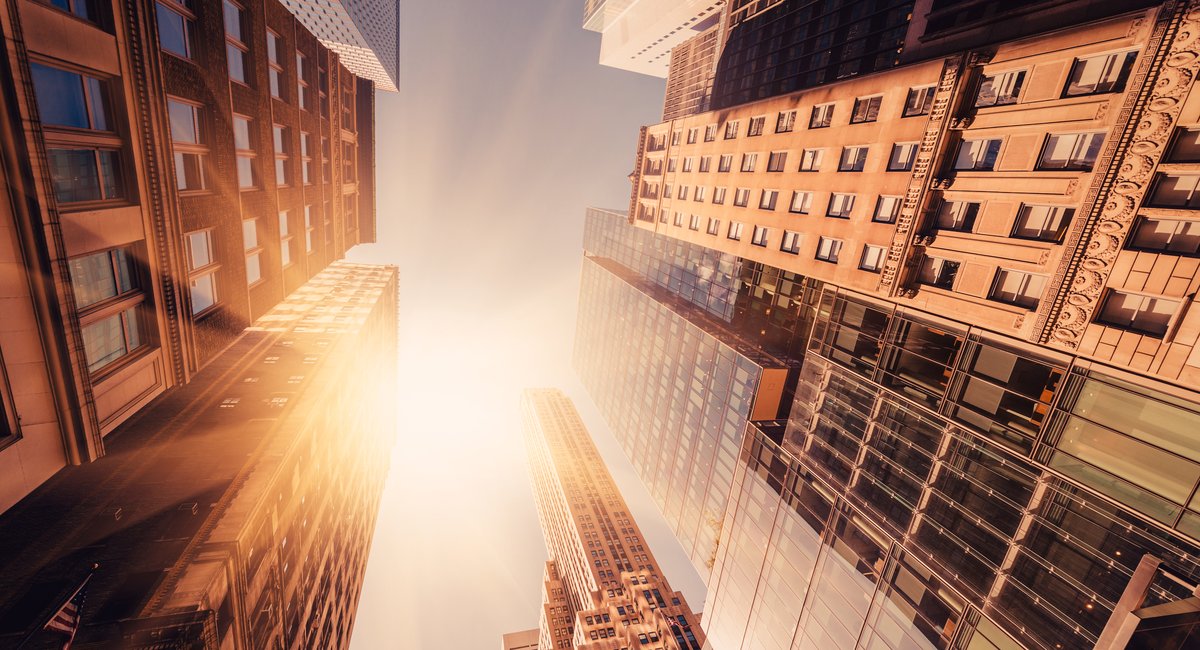It’s not wildfires and it’s not fireworks. This time it’s just good old-fashioned urban pollution.
A mix of stagnant air, heat, humidity, and car and factory emissions gave New York elevated surface-level ozone on Thursday, raising the air quality index to orange or unhealthy for sensitive groups by the afternoon. State environmental officials had forecast such an outcome for New York City and the lower Hudson Valley, just a day after self-inflicted poor air quality caused by air particles from Fourth of July fireworks. New Jersey released a similar alert.
New York’s Department of Health and experts recommend that sensitive groups and even healthy individuals limit strenuous outdoor activity to reduce the risk.
“It may contribute to asthma over time,” said Dr. Robert Laumbach, who studies ozone at Rutgers University School of Public Health. “People who have asthma are more likely to have asthma attacks, go to the hospital and seek medical treatment.”
“When the levels are very high, it even affects the lung function of healthy people as well as people with lung disease,” he said.
Ozone that’s made naturally in the upper atmosphere is beneficial, shielding lifeforms from ultraviolet rays. However, low-level ozone is an irritating compound formed when other air pollutants react with heat and sunshine. The American Lung Association, which grades counties on their air quality, ranks the New York metro area 12th worst out of 227 cities for high-ozone days.
Experts interviewed by Gothamist said masks are not particularly effective against ozone because it is a gas, unlike the solid smoke particles that have tinged the air in recent weeks. The best defense against high surface-level ozone is staying indoors or limiting outdoor activity to the morning, as ozone tends to build as temperatures rise through the day and because of rush hours.
“We do see that we have surges in emergency department and hospital utilization when we have poor ozone days,” said…
Read the full article here

Leave a Reply